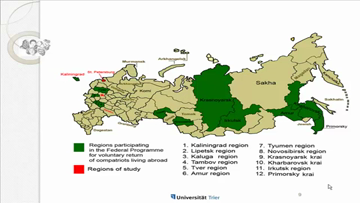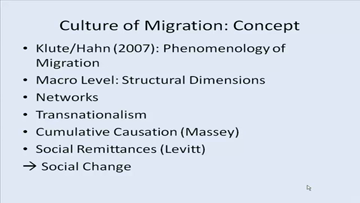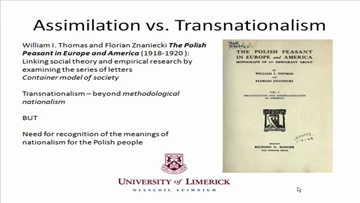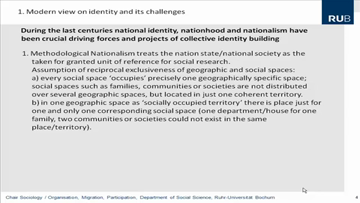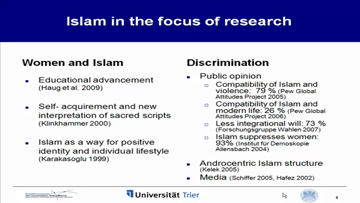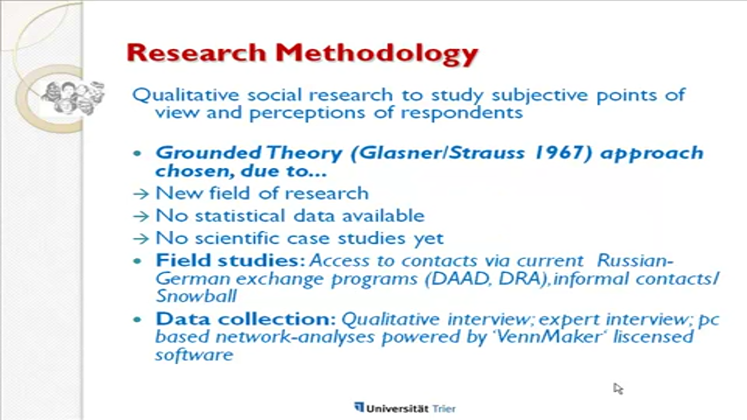Reasons of Re-Migration and Trans-Formation
The Identity of Highly Qualified Migratns Between Russia and Germany
Most of the young, highly qualified ethnic Germans from the former Soviet Union migrated as children together with their parents to Germany. They did not actively decide for themselves and are known as ‘generation 1.5’. They show characteristics of their country of origin and continue their socialization in another society, adapting cultural habits of their new country at the same time. - Compared with the other migrant groups, the research group of Anet Sahakyan's case study shows two special features: their German ethnicity and their German citizenship. The focus of her research is the question of the possible re-migration of highly qualified young ethnic Germans into their countries of origin with the question of identity and cultural belonging in the (circular) migration process being a relevant part of her research.
Concerning especially “ethnic Germans” from the former Soviet Union as a ”special group of migrants” (German citizenship due to the status as German with an ethnic background), it is interesting to see how the identity ascription is constructed and also adapted during the process.
Anet Sahakyan holds a diploma degree in foreign languages from the University of Eriwan (Armenia). She finished her master in sociology at Trier University and is currently a PhD candidate and research assistant in the Collaborative Research Centre 600 (SFB 600) at the University of Trier. Her key research spheres are: migration, re-migration and transnational studies.
Panel III: Highly Qualified on the Move - October 14th, 2011
The Resilience of People in Motion
-
54498 Hits
-
|
-
2 Votes
-
|
-
16 Beiträge
Processes of immigration, transmigration, and remigration in the wider Europe today
Europe is a continent shaped by migration. Every year millions of people are migrating into the European Union. Others are emigrating from EU member countries. Many are leaving their homes and are trying to integrate into the host country, while others circulate between their home country and their “new home”, leave the country of entry, returning back to their “country of origin”, or they even migrate on to third countries.
Migration is a complex process with constraints and opportunities. Its flows have created different patterns, regimes and even cultures of migration. It involves voluntary and involuntary aspects, economic and non-economic issues, constructions and reconstructions between physical and symbolic spaces. This stipulates also new ways of theorizing and researching in the field.
Strategies of Survival, Strategies of Resistence
Migrants and migratory groups adopt as well as resist to challenges and expectations by the mobility itself or the receiving society. They perform resilient and innovative strategies of survival.
They are resilient by maintaining their culture(s), system(s) of belief, traditions, way of life etc. Yet, they are innovative being open for change, being transformers, innovators, entrepreneurs themselves. Therefore, adoption, change and/or innovation vs. resistance, continuity and/or resilience have to be seen as part of the migratory agency. The migrants’ culture of resilience, meaning the maintenance of core elements of their livelihood, has to be conceptualized in an ever changing world challenging the integrity and cohesion of any, but especially migratory groups.
The Conference
The aim of the conference is to discuss new theoretical approaches, methodologies and empirical research results on immigration, transmigration and re-migration topics. It focusses on changing European migration regimes and discourses since the fall of the iron curtain until today.
Contact
Prof. Michael Schönhuth
University of Trier
Universitätsring 15
D-54286 Trier
+49-(0)6 51-201-27 10 (Office)
http://transmigration.eu/
Zu
The Resilience of People in Motion
